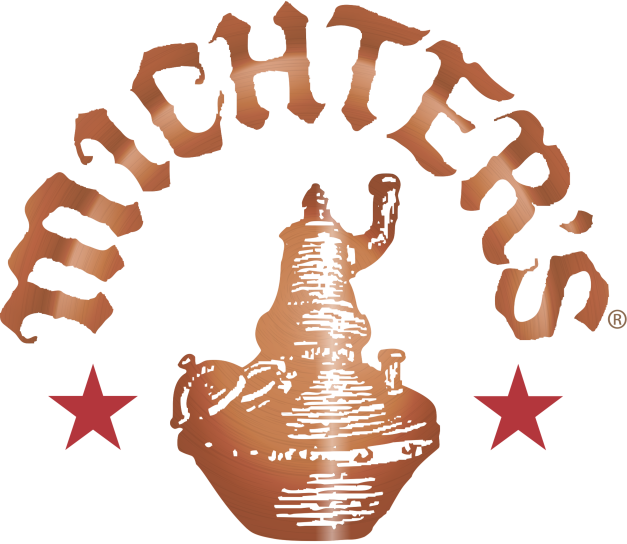The establishment of a Louisville headquarters for Michter’s American Whiskeys is a story reminiscent of the out-of-town kid moving to a new school where he’s got to prove himself.
Local bourbon fans are provincial about their booze, and some have eyed the Pennsylvania-born brand as an outsider needing to prove its tastiness amid so many strong local competitors.
It doesn’t help that its president, Joe Magliocco, is a New Yorker to the core, a Yankee who spends at least half his days in Manhattan running his spirits and wine importing company, Chatham Imports. (Chatham is also Michter’s parent.) Bourbon is made by Southerners, right? Right?
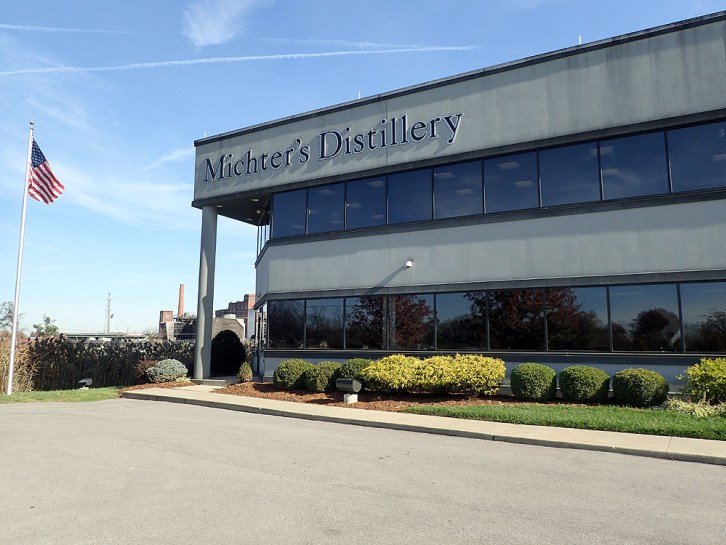
Not in every case.
And much as some bourbon snobs privately expected him to apologize for selling a whiskey not made by his own distillery, the charming and affable Magliocco doesn’t give it a thought. The industry veteran knows whiskey of every stripe is sourced all the time, and in many cases, the products are great.
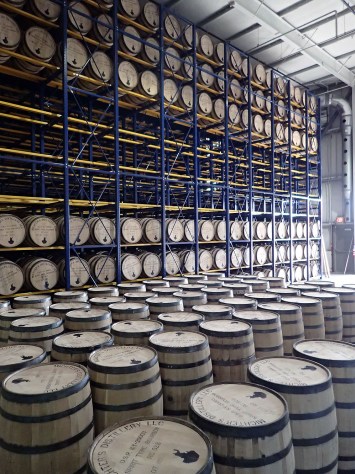
For the quarter century he’s owned the brand he’s believed his company was a legitimate player on the American whiskey scene.
“We’re very proud of this brand and the whiskies we produce,” Magliocco said via phone from his New York office. “And when you have people like Dick Newman and Steve Ziegler (Michter’s VP of sales) involved in your brand, I say we’ve been legitimate all along.”
Newman, a mentor to Magliocco and a consultant to Michter’s, was the former head of Old Grand-Dad, Old Crow and Old Taylor bourbon brands when at National Distilling. Later, he served as CEO of Austin Nichols, distiller of Wild Turkey.
According to Magliocco, Newman sent Jimmy Russell, now master distiller emeritus at Wild Turkey, to do due diligence on what was a failing Michter’s distillery in the late 1980s. But Russell shared significant concerns about the distillery and recommended he not buy it. Russell’s instincts were right, and the distillery filed for bankruptcy in 1989.
Before he died about a decade ago, Newman taught Magliocco the nuances of whiskey distillation while guiding him to aged whiskey, bourbon and rye stocks in Kentucky that could be bottled under the Michter’s name. Those laid the foundation for what would become recipes unique to Michter’s alone.
“We were very precise in choosing our own mashbills, our yeast selection and having it barreled at 103 proof,” Magliocco said. (Technically speaking, lower-proof whiskies require less added water to lower them to a desired bottling proof after aging. Less water added means more flavor retained.)
Regarding the years of using other distillers’ whiskies, Magliocco said, “I like to think of what we were doing all along as cooking in someone else’s kitchen.”
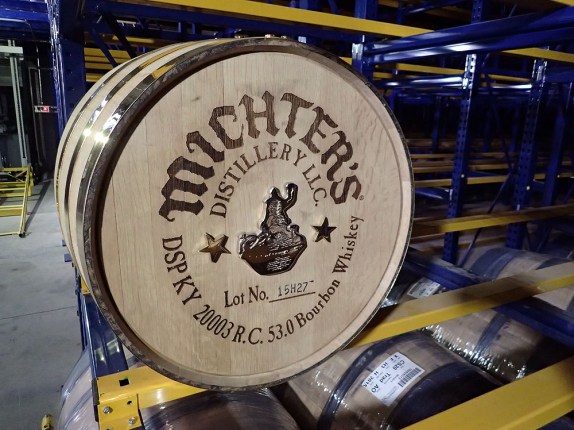
As of Aug. 27, Michter’s began doing its own cooking at its new distillery at 2351 New Millennium Drive in Shively. Formerly owned by Caldwell Industries, the 66,000-square-foot site was purchased in 2011 and then converted to a distillery. The company has another 1.9 acres offsite for which Magliocco wouldn’t specify a purpose, but one could assume it might become a rickhouse for aging.
A few years ago, Magliocco named Brown-Forman veteran distiller Willie Pratt as Michter’s master distiller. Pratt is credited with developing and refining the company’s unique recipes, distilling and aging techniques.
“Now that we’re making our own, we’re just following those same recipes already established,” Magliocco said. “The whiskey you’ve tasted over the past several years will taste the same as the whiskey we’re now making in Shively.”
Magliocco’s team also includes vice president of production Pam Heilmann (who ran Jim Beam’s Boston distillery, the largest bourbon distillery in the world) and general manager Andrea Wilson (a longtime operations executive at Diageo).
“These are the people who are responsible for making these great whiskies, not me,” Magliocco said. “We are so blessed, truly blessed to have the great team that we do.”
On a tour of the facility, Wilson and Heilmann discussed its modern aging warehouse that will heat cycle throughout cold weather months. (Warming and cooling the whiskey artificially mimics seasonal temperature shifts to give whiskey increased wood contact. Brown-Forman heat cycles its whiskies.) The racks holding aging stocks are metal rather than wood, a move Wilson said made sense from a safety perspective since “metal doesn’t bend and bow over time,” and isn’t a fire hazard like wood.
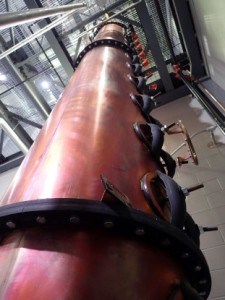
The 46-foot-high column still and doubler combination, made by Vendome in Louisville, can produce 500,000 original proof gallons per year, though Magliocco declined to say whether it’s running at capacity.
“We’re just pleased to say that all our distilling needs are being filled in Shively now,” Magliocco said.
He also declined to pinpoint when spirits made in Shively will be bottled, but he said past Michter’s bourbons and ryes typically aged six years. Age ultimately is just a number, he added, and that the flavor profile is what Pratt will be looking for when he begins sampling barrels in a few years.
“We want whiskies that are rich and smooth, but that happens because of a number of factors,” he said. The wood used in its barrels is air-dried for a year, not kiln-dried in a matter of months. Those barrels are toasted prior to charring, meaning they’re heated and dried further over low, smoky fires before they’re blackened with super-hot flames.
“And barreling at 103 proof versus 125 proof — there’s no comparison,” Magliocco said. “It’s more expensive to do that, but Willie’s convinced it produces a much better whiskey. You taste it, and you’re convinced, too.”
